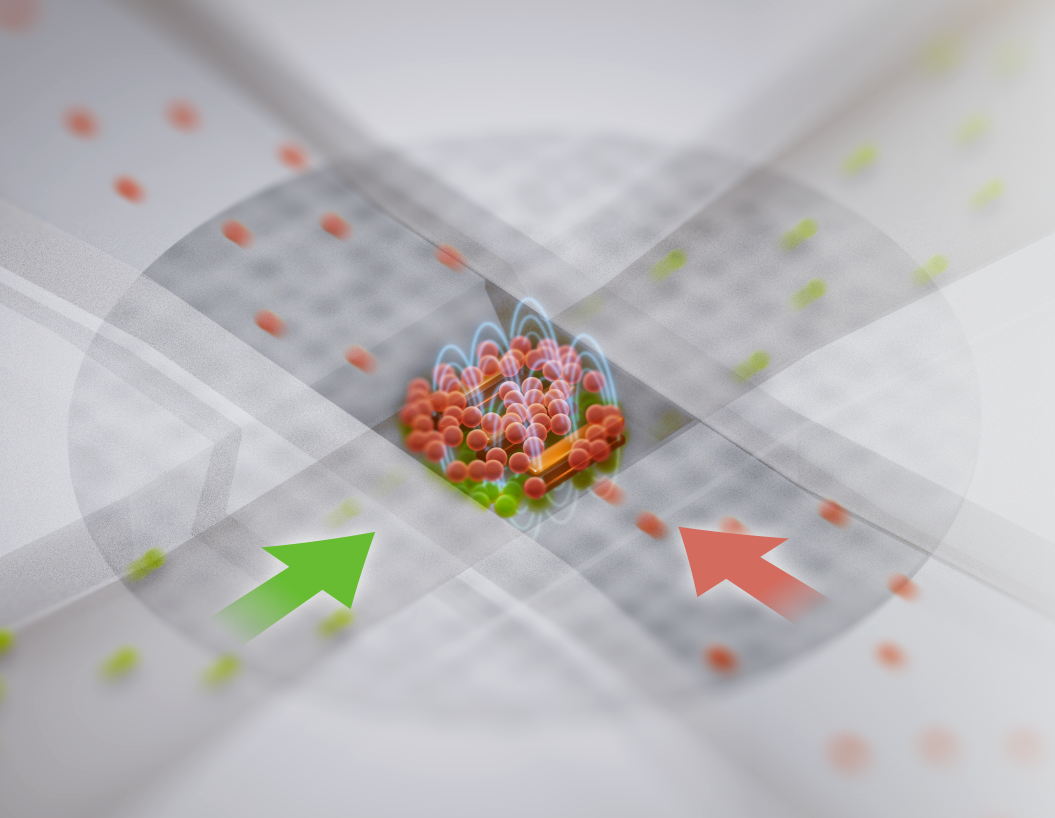COVID-19 has proven to be the fastest-spreading virus in modern times. The virus has infected 410,600 people across 166 countries around the world in as little as three months. The main reason why COVID-19 is so difficult to contain is perhaps the range of clinical manifestations experienced by patients, from no symptoms to critical illness. Therefore, understanding the course of the virus and how it spreads, in addition to developing predictive insights, help identify optimal methods to contain the disease, enhance readiness and the ability to manage, and stop the virus from spreading.
Each country has dealt with the virus in a different way. AI technologies have been among the first solutions to be adopted to pull the brakes on the virus and contain it. The United States, South Korea, and Taiwan are some of the countries that have employed AI technologies for several purposes, including speeding up the development of treatment and testing kits, tracing the path of the spread, and providing correct real-time information to the community. Nowadays, many governments are relying on artificial intelligence to facilitate monitoring, information gathering, and predictive analysis.
In South Korea, for example, the government mobilized the private sector to begin developing coronavirus testing kits soon after reports of a new virus began to emerge from China. As part of this drive, Seoul-based molecular biotech company Seegene used AI to speed up the development of testing kits, enabling it to submit its solution to the Korea Centers for Disease Control and Prevention (KCDC) three weeks after scientists began working on it. Had AI not been used, the process would have taken two to three months.
China has also used AI to speed up scientific processes. Scientists recreated the genome sequence of COVID-19 in a month. By comparison, it took scientists several months to recreate the genome sequence of the SARS virus, using more traditional methods, in 2003, hence the importance of AI.
Moreover, China used its advanced monitoring systems to identify suspected COVID-19 cases by using face recognition and thermal detection software. Officials in Sichuan Province have also used smart helmets to detect people with a fever. Using big data, the Chinese government instigated a system called Health Code whereby they identified risk and monitored individual’s case based on his travel history, time spent in virus hot spots, and exposure to people who had already contracted the disease. Each citizen has been assigned a color code (red, yellow, or green). By checking WeChat or Alipay apps, people can see whether they are put in quarantine or if they can go to public places.
AI is also being used to pool thousands of articles on COVID-19, making them easily searchable on medical search engines. In the US, for example, the White House Office of Science and Technology Policy called for the creation of what became known as the COVID-19 Open Research Dataset (CORD-19), comprising over 44,000 scholarly articles for use by the global research community.
This AI trend was not only limited to governments. Private sector companies, such as UK-based BenevolentAI, are also using AI to crunch vast amounts of public data to find existing drugs that could be used to treat COVID-19 patients before a vaccine becomes available and tested. And in the US, San Francisco-based start-ups including Vir Biotechnology and Atomwise are harnessing algorithms to find a molecule that could serve as the basis of treatment before the end of the year to protect against a future coronavirus outbreak.
Moreover, AI can also be used to warn of an upcoming epidemic. BlueDot, a global AI database company, sent out a warning to customers to avoid Wuhan on 31 December. This warning was issued before both the US Centers for Disease Control and Prevention and the World Health Organization.
Resources: 2 1






